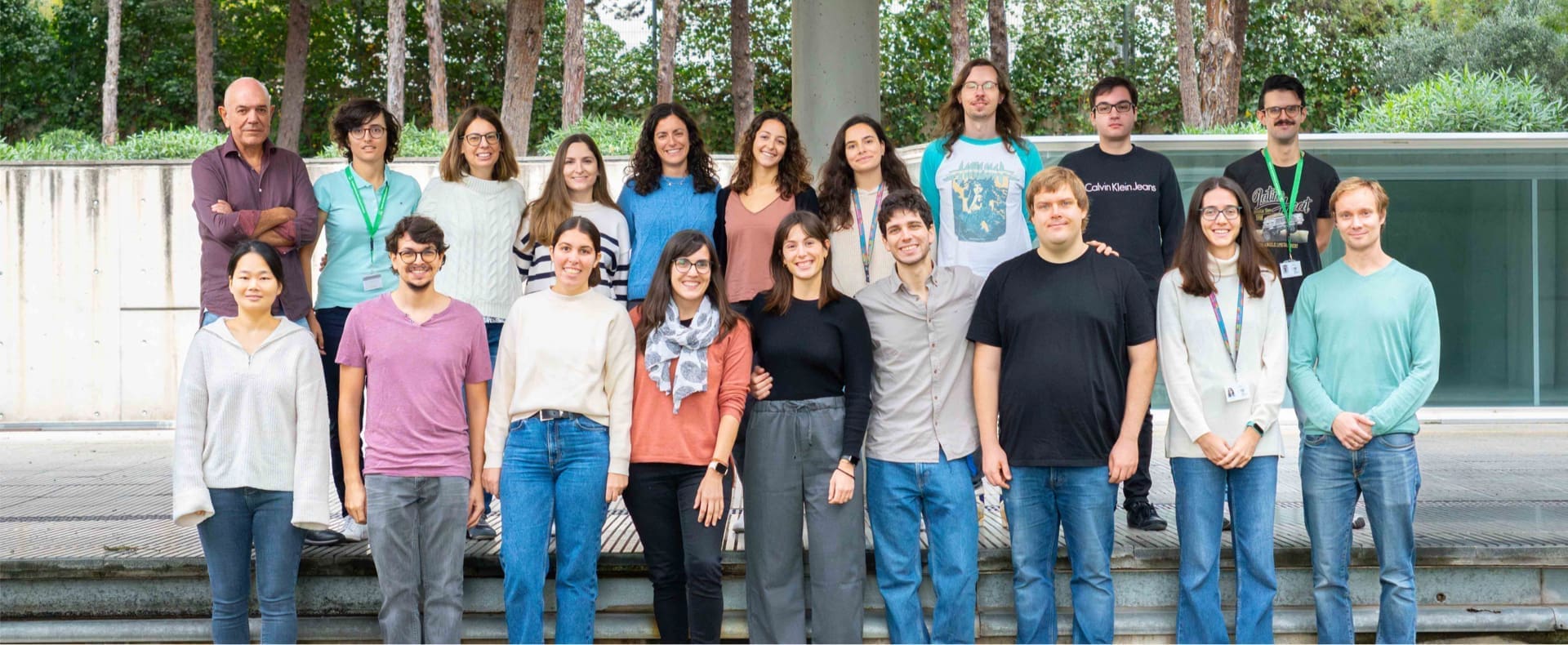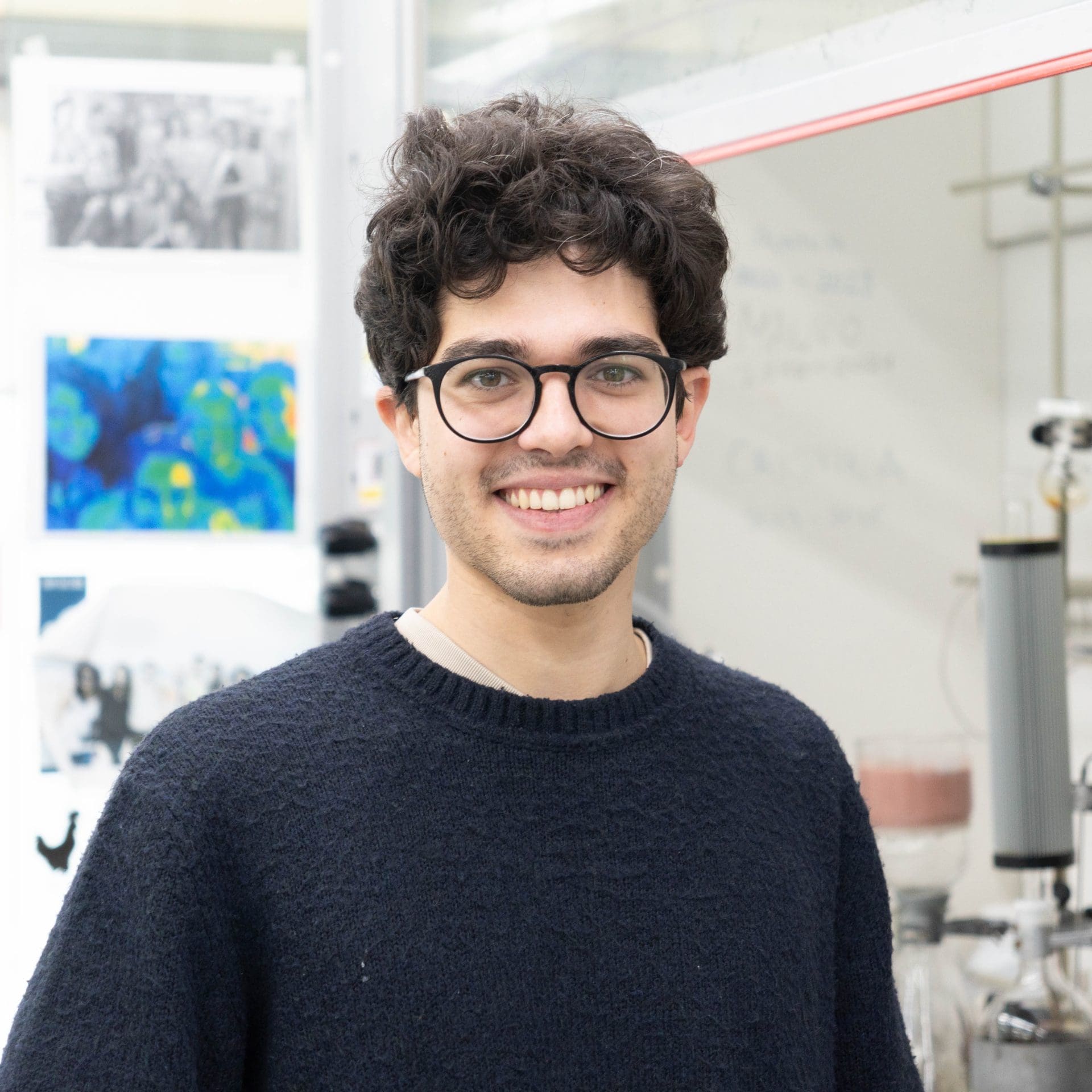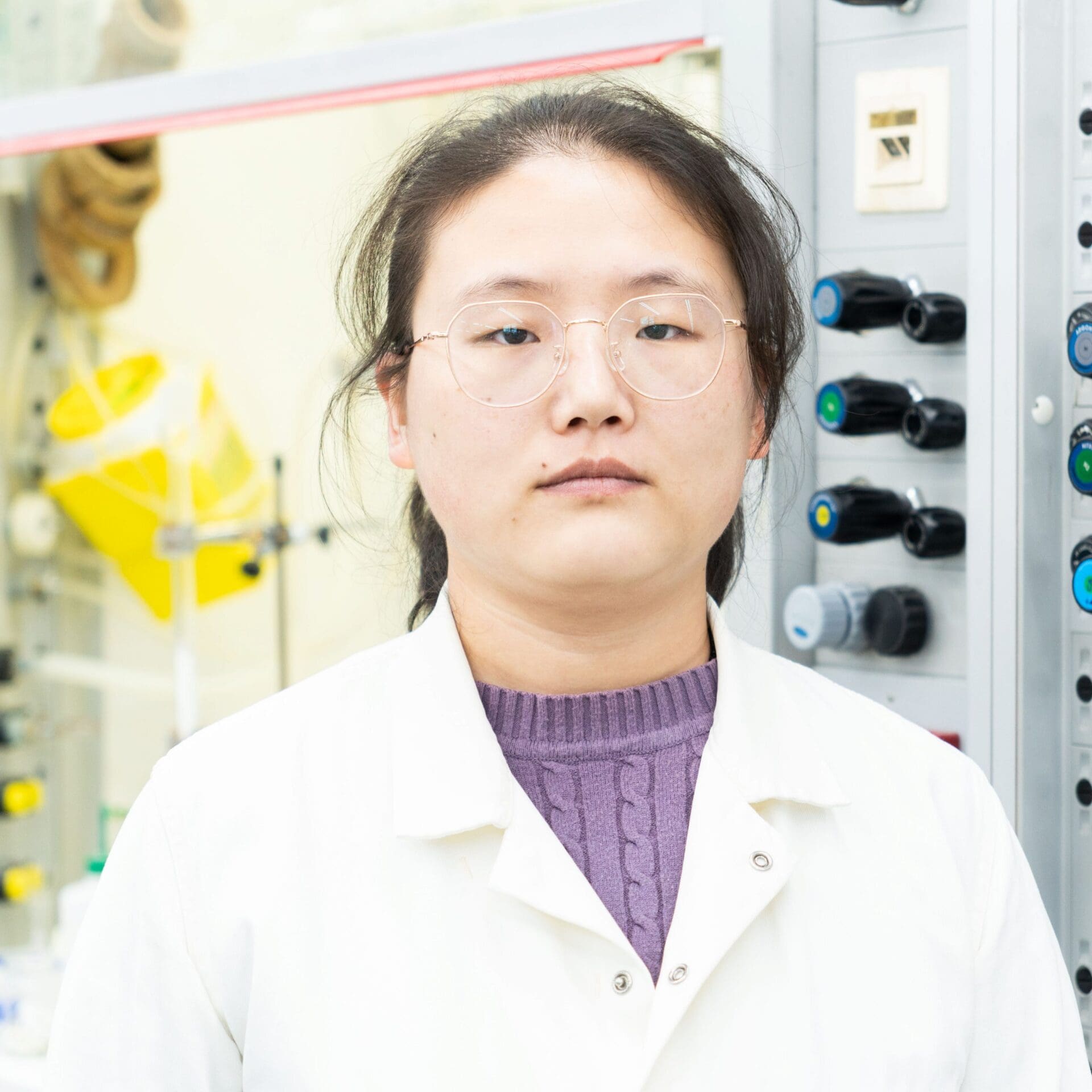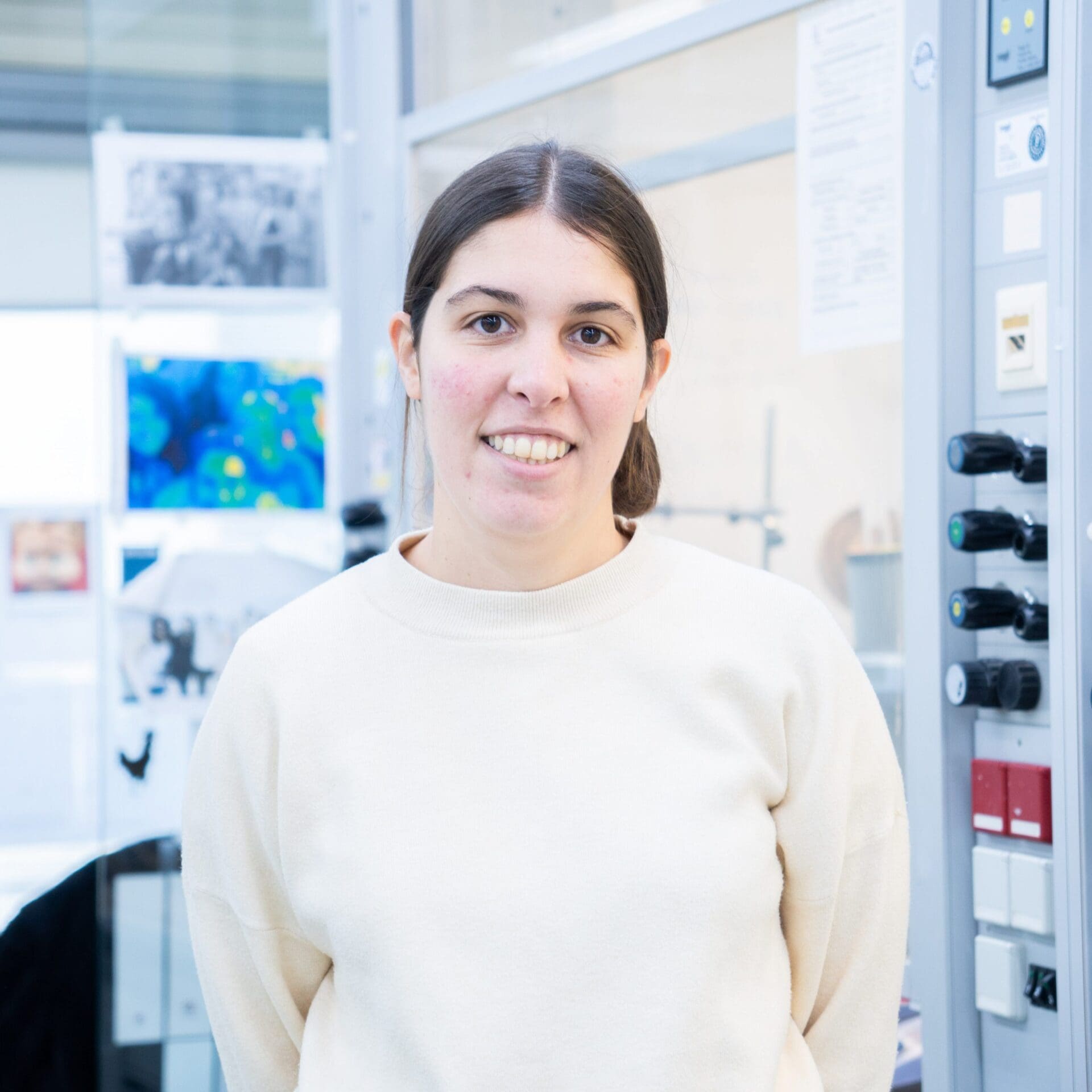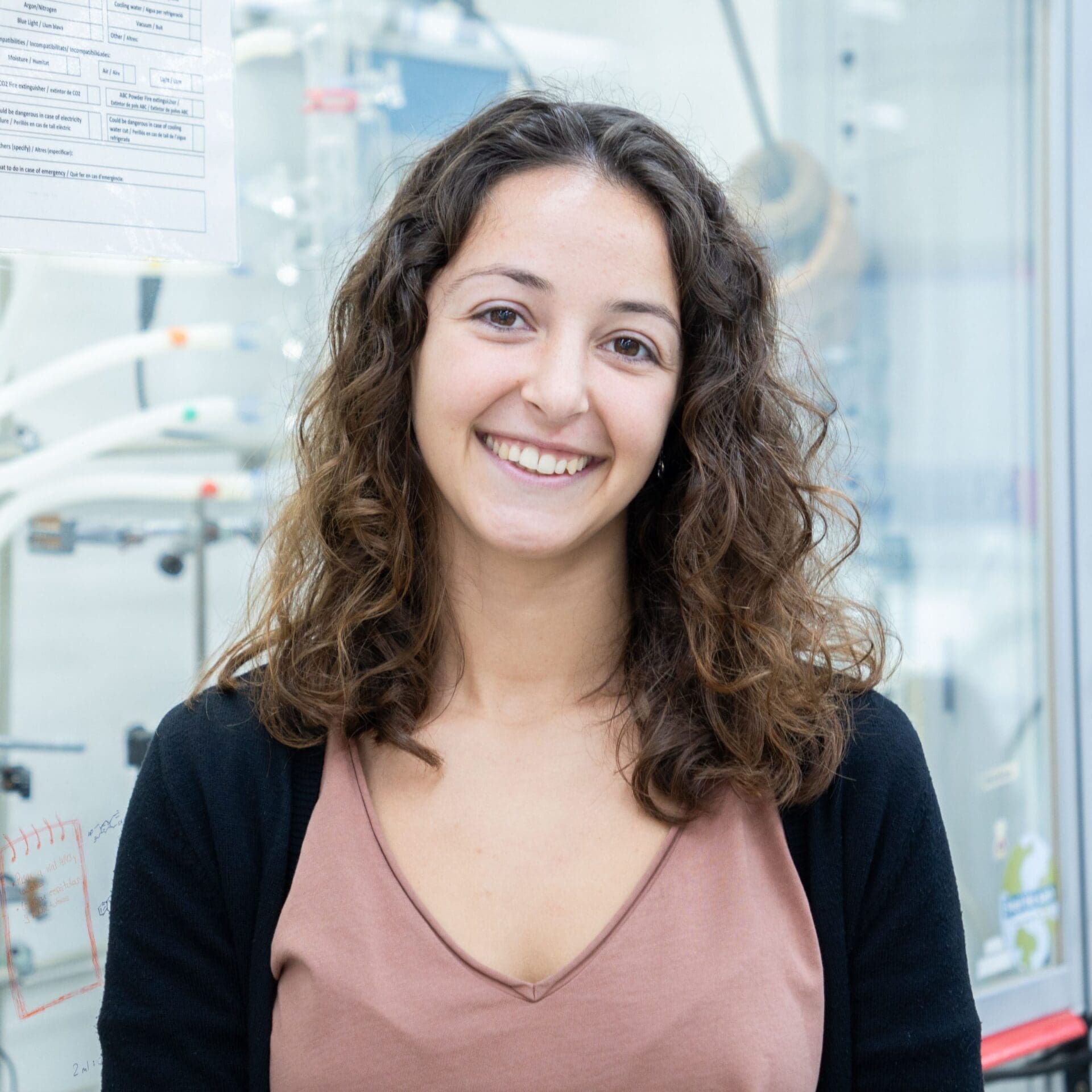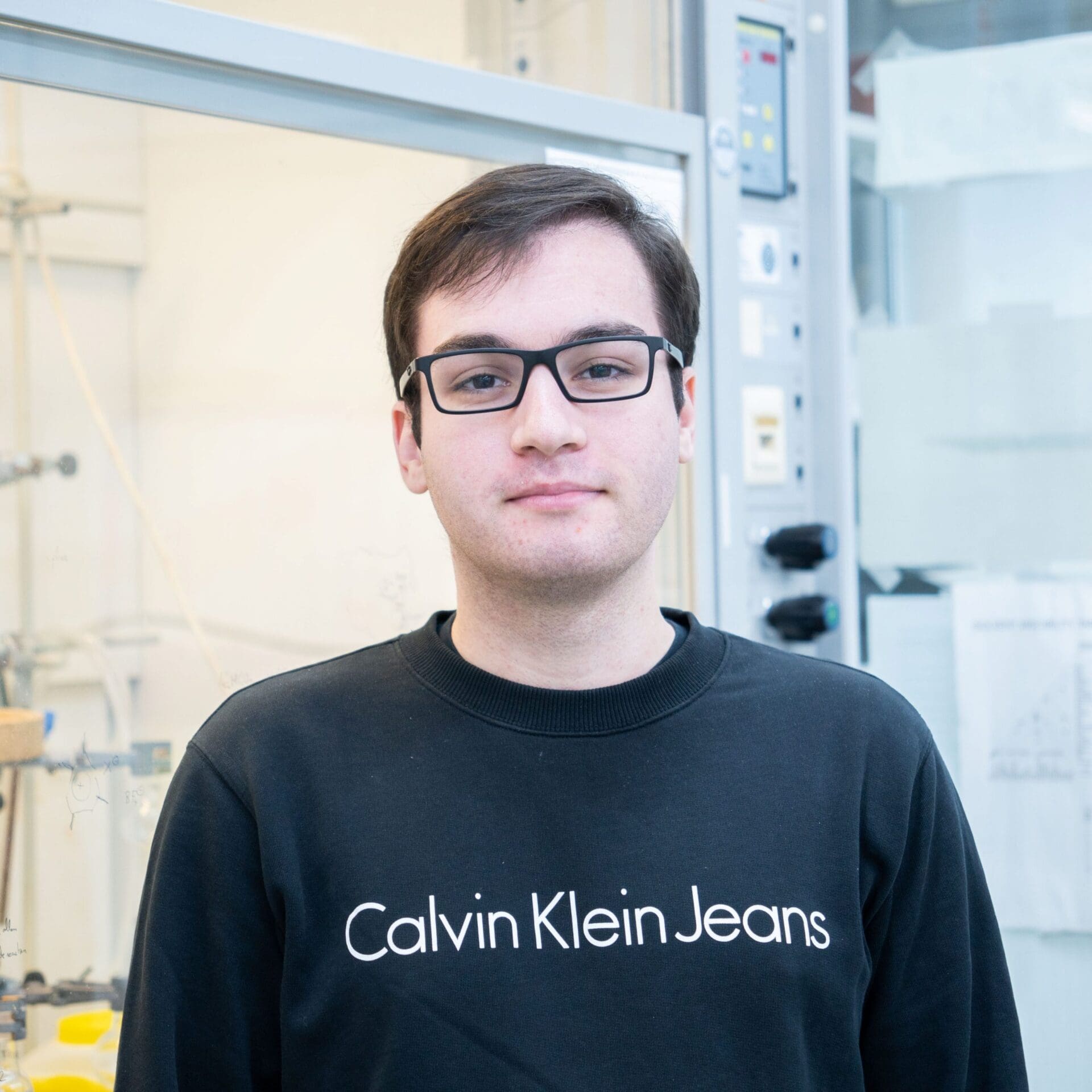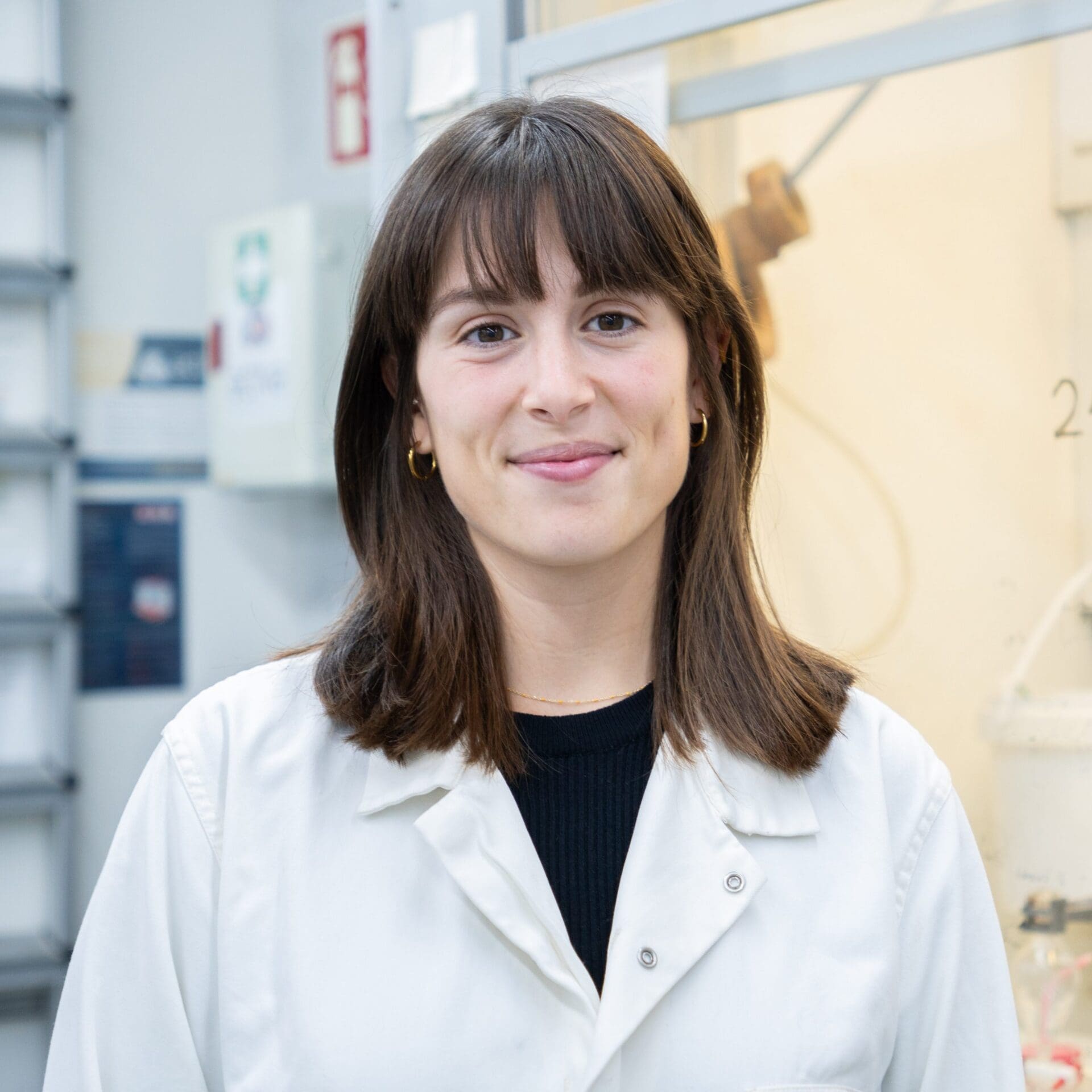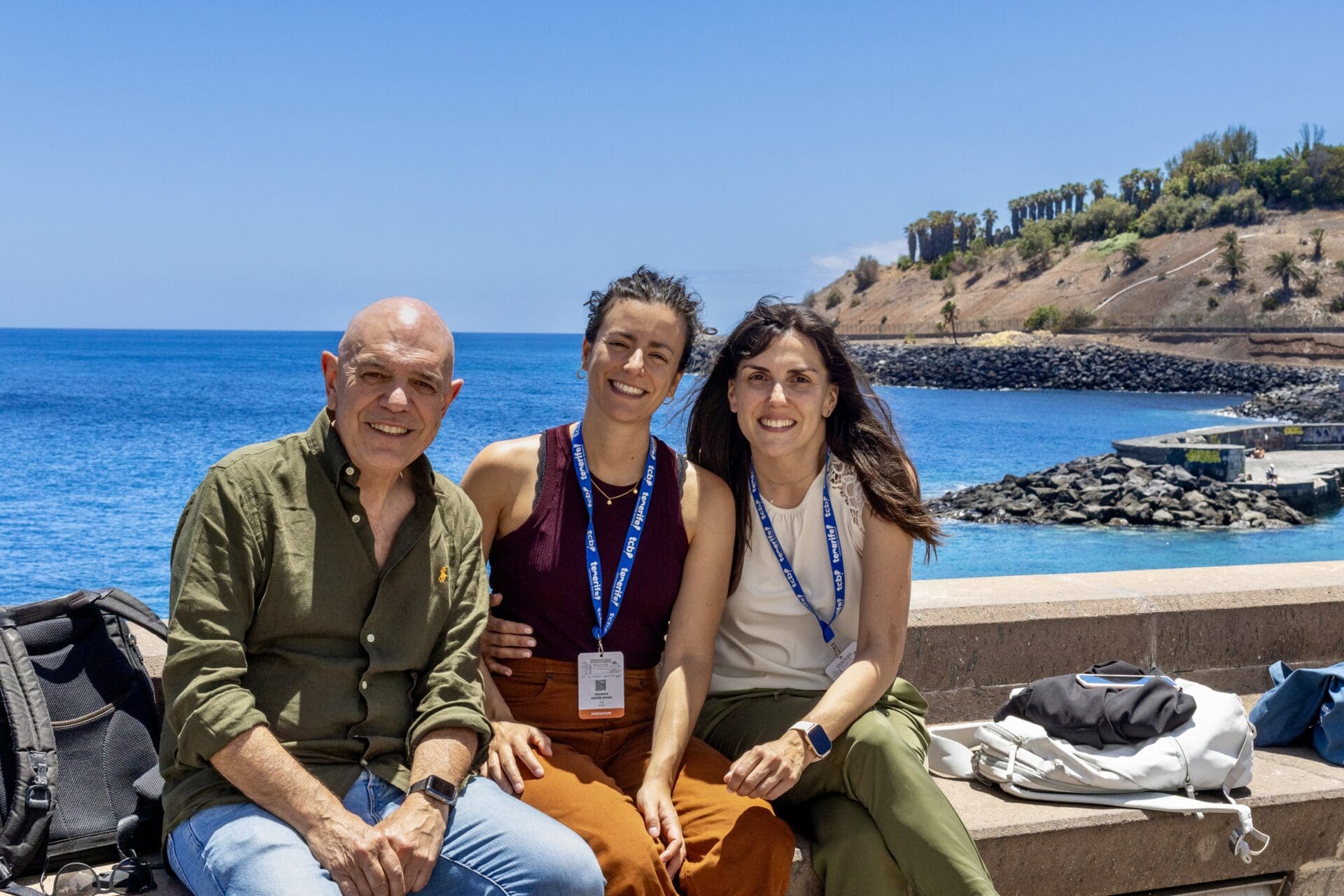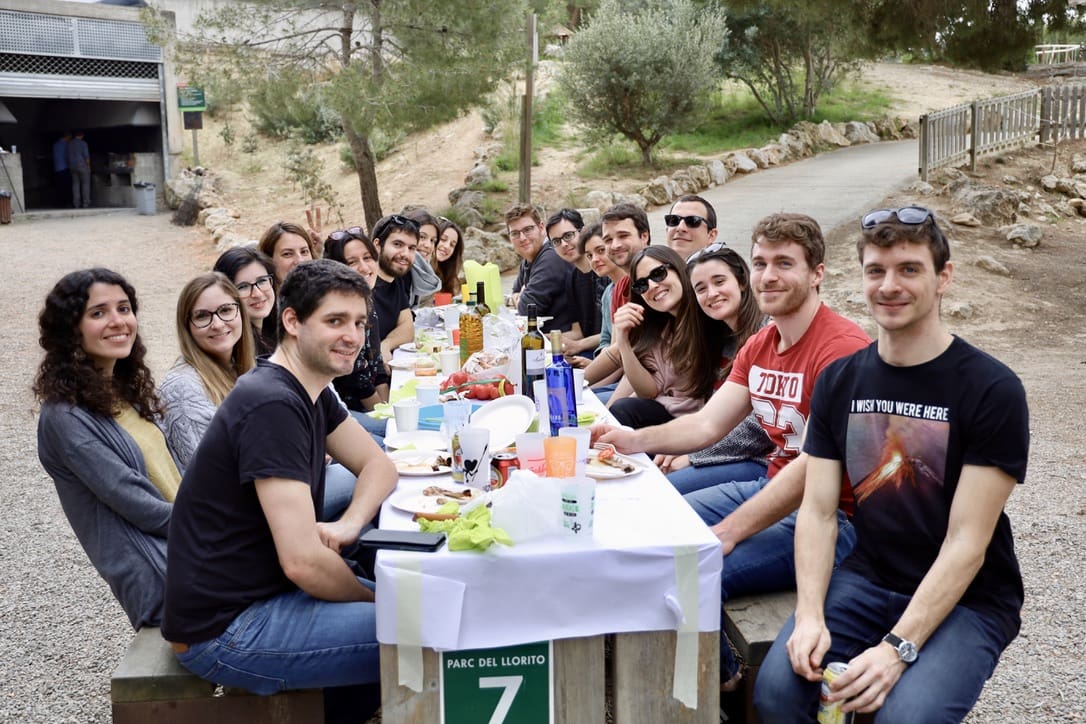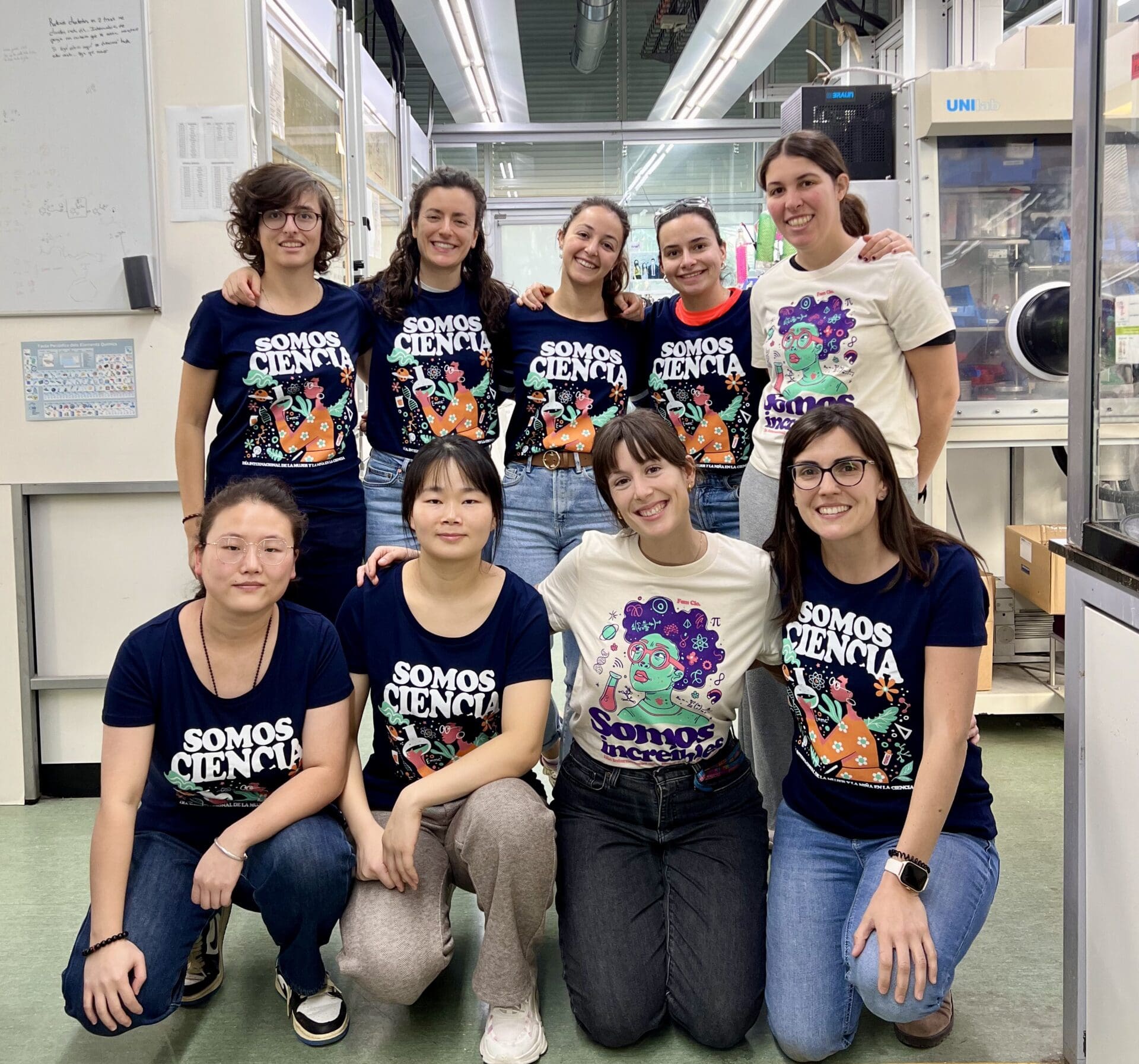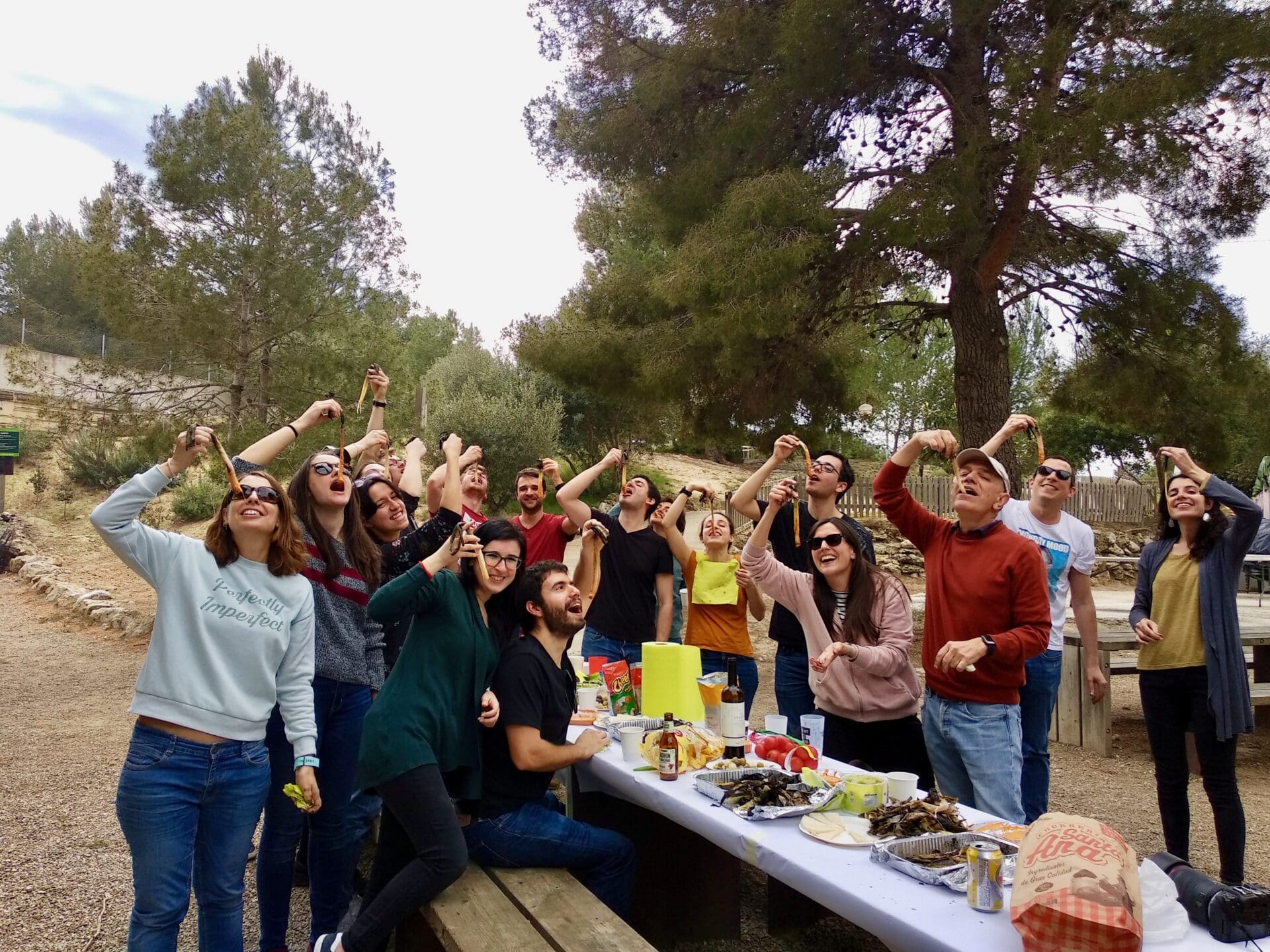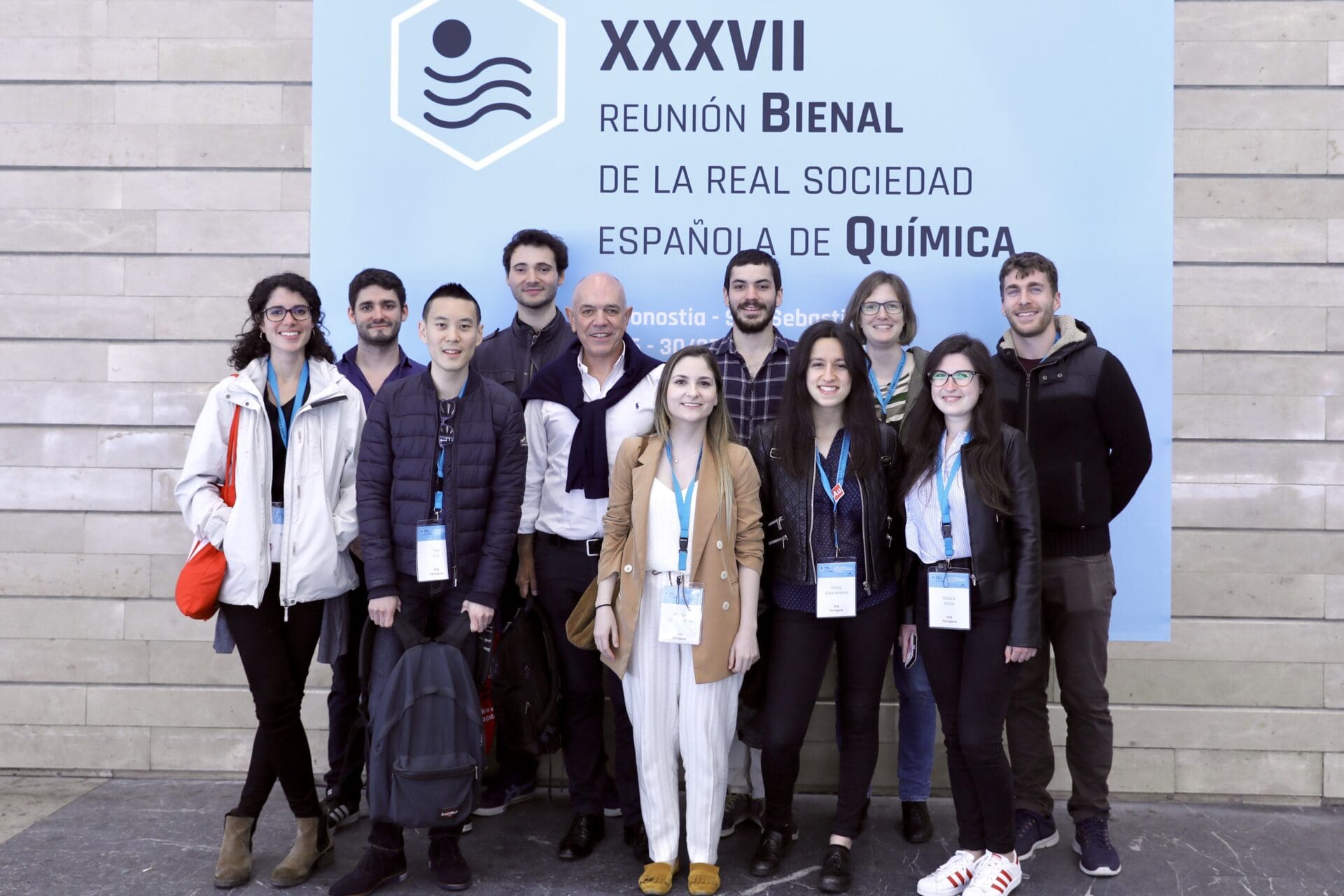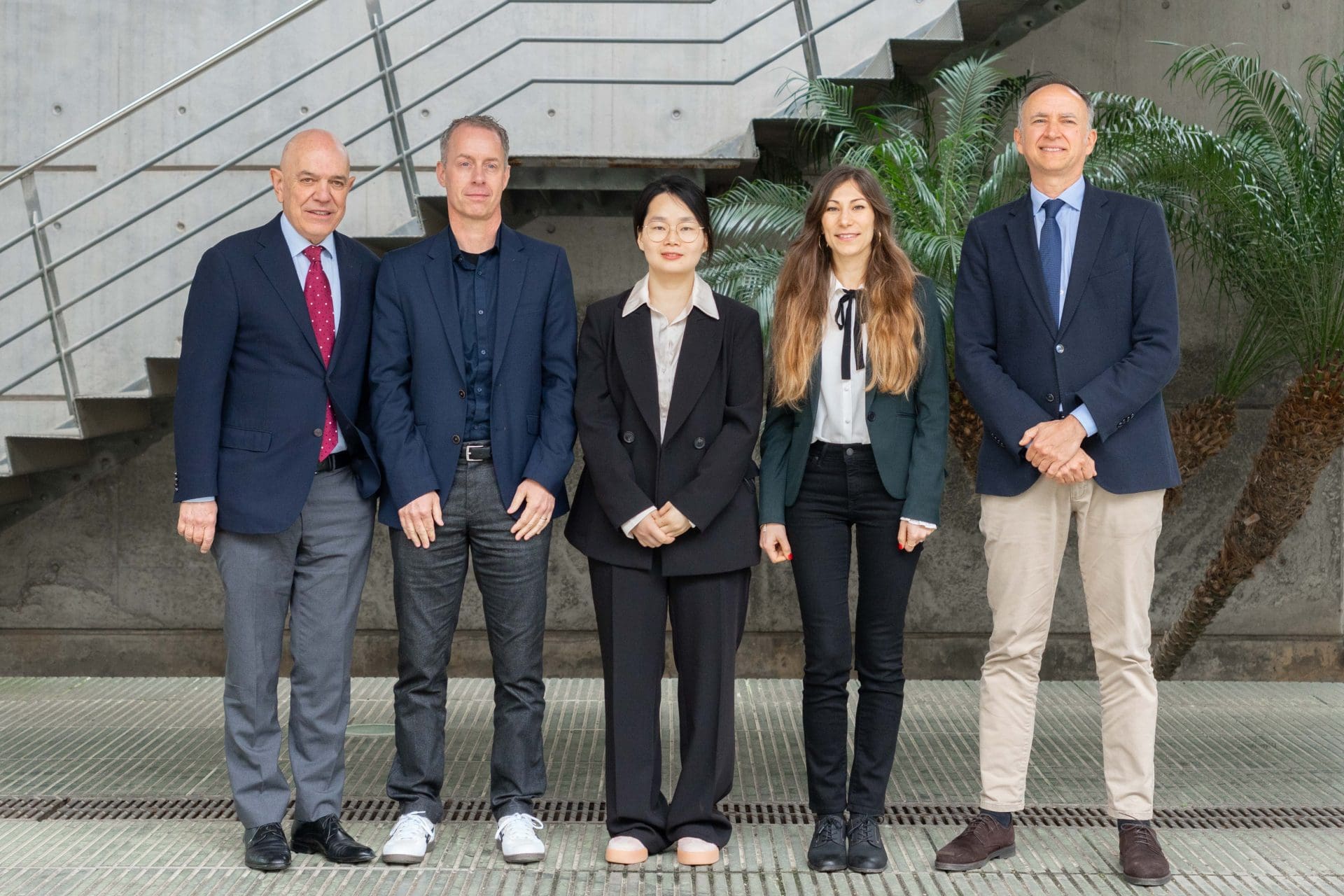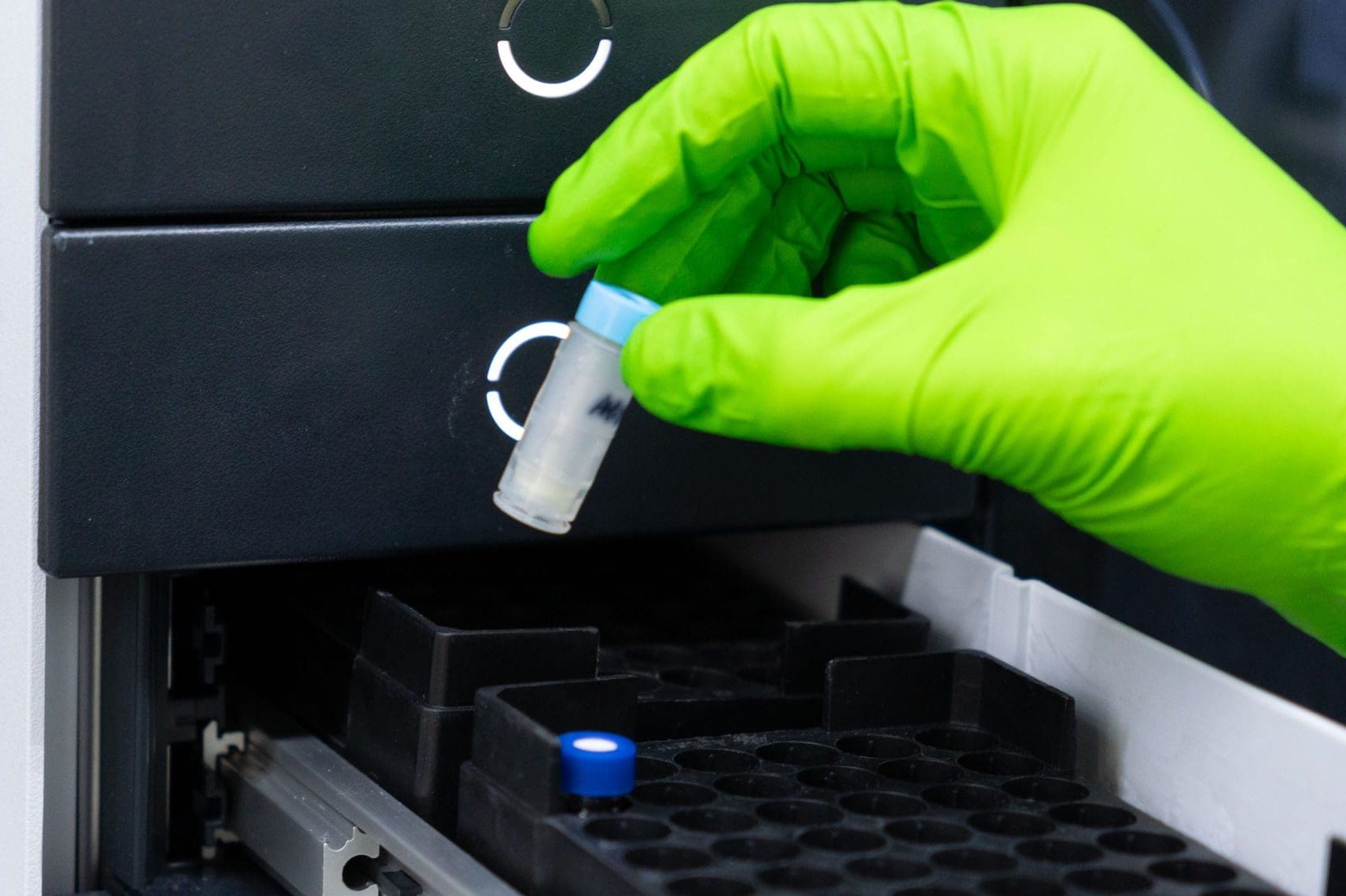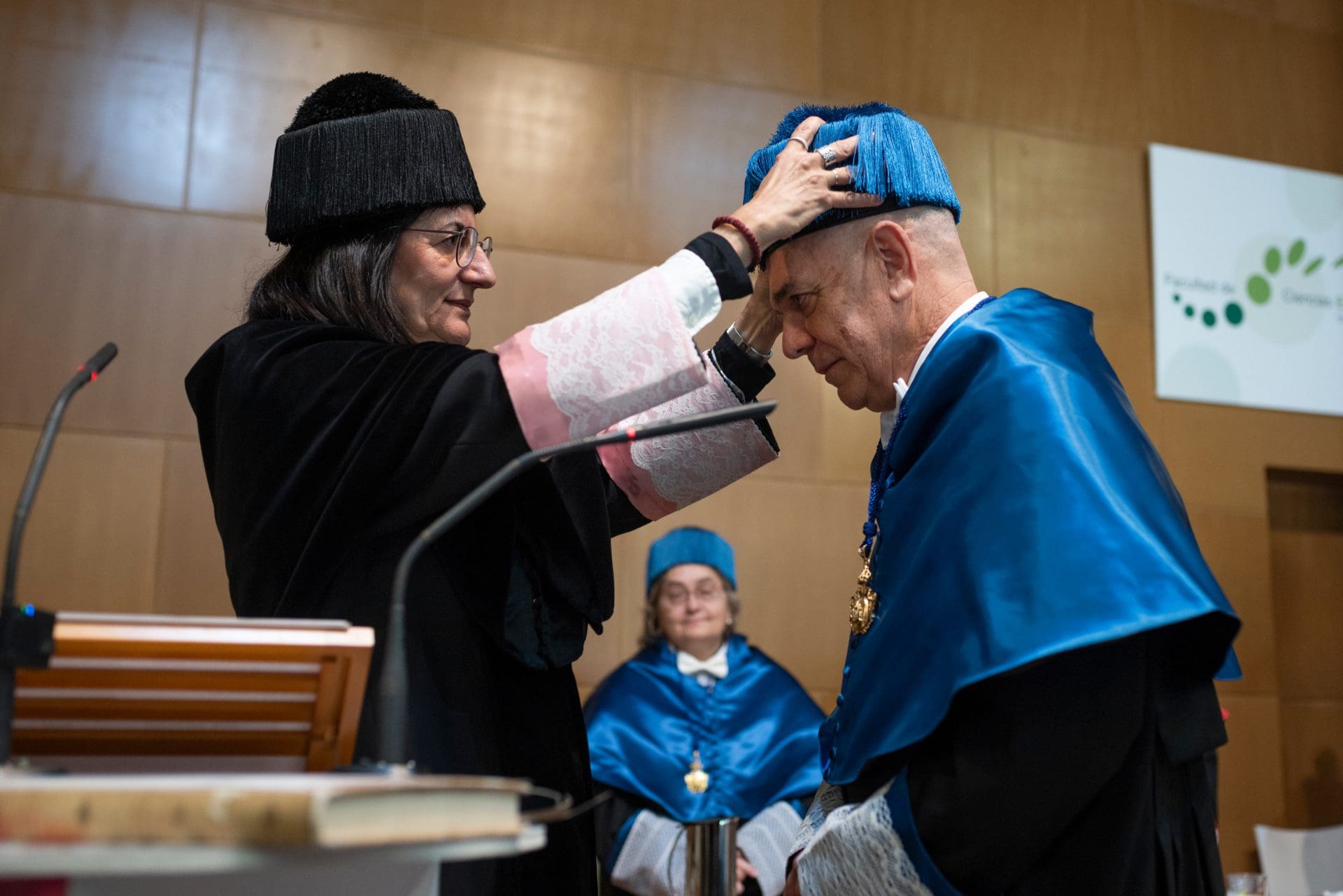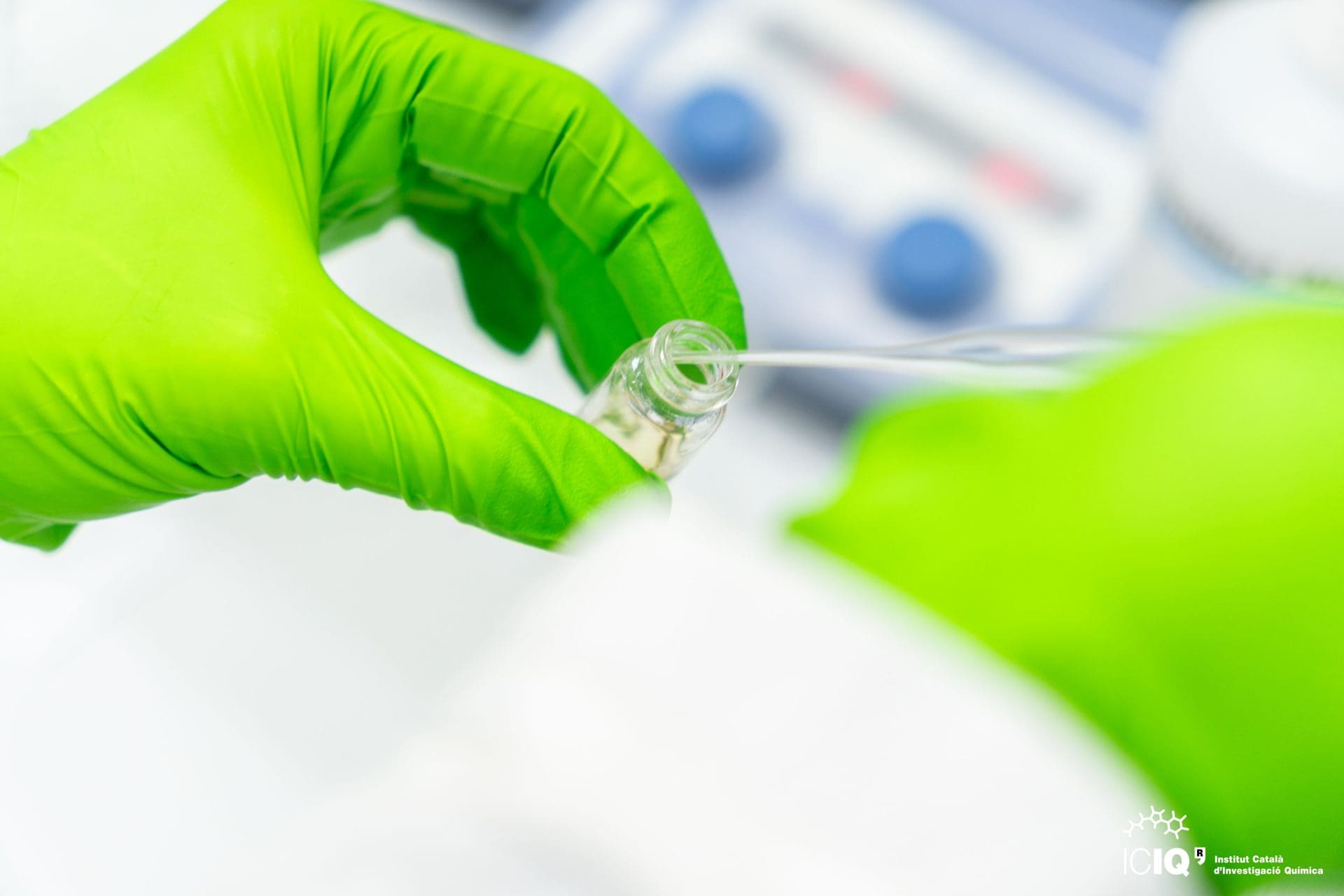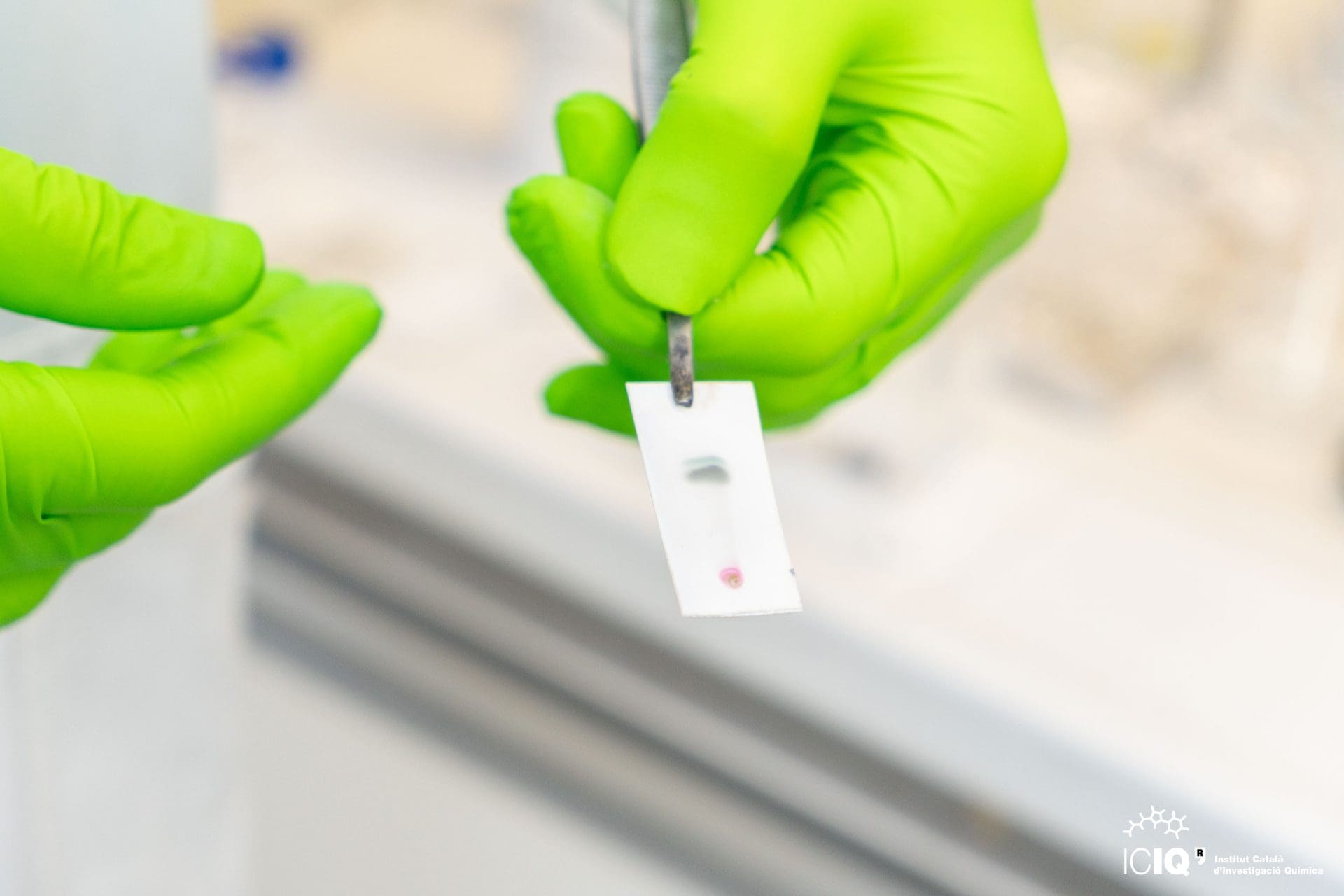- Home
- Resarch
- Research Groups
- Prof. Antonio M. Echavarren
Prof. Antonio M. Echavarren
Organic synthesis and organometallic chemistry for health and material science applications
Research
Our research focuses on the development of novel synthetic methods enabled by the catalytic use of electrophilic metal complexes of gold and other transition metals. We are also interested in developing new strategies for the construction of complex, biologically active molecules as well as large polyarenes of interest in material science.
Essentially, we have to find methods to generate highly reactive species of gold under ordinary conditions, and we expect to apply this for the activation of important molecules like methane.
Highlighted Publications
-
2022 | J. Am. Chem. Soc.
H-Bonded Counterion-Directed Enantioselective Au(I) Catalysis
Franchino, A.; Martí, A.; Echavarren, A. M. -
2021 | J. Am. Chem. Soc.
Rh(II)-Catalyzed Alkynylcyclopropanation of Alkenes by Decarbenation of Alkynylcycloheptatrienes
Mato, M.; Montesinos-Magraner, M.; Sugranyes, A. R.; Echavarren, A. M. -
2020 | Angew. Chem. Int. Ed.
Acetylene as a Dicarbene Equivalent via Gold(I) Catalysis: Total Synthesis of Waitziacuminone in One Step
Scharnagel, D.; Escofet, I.; Armengol-Relats, H.; de Orbe, M. E.; Nepomuk Korber, J.; Echavarren, A. M. -
2019 | J. Am. Chem. Soc.
Enantioselective Folding of Enynes by Gold(I) Catalysts with a Remote C2-Chiral Element
Zuccarello, G.; Mayans, J. G.; Escofet, I.; Scharnagel, D.; Kirillova, M. S.; Pérez-Jimeno, A. H.; Calleja, P.; Boothe, J. R.; Echavarren, A. M.
Our team
Life Group and Community
Several members of the group along with Prof. Echavarren are volunteers in the different outreach activities that ICIQ organizes to raise public awareness among citizens about chemical research as a key factor in the progress of our society. The research group also organizes team building events such as group hiking in the countryside, Christmas group lunch and secret santa, summer lunch in Tarragona’s beach and typical catalan meal called Calçotada.
Job offers
| Title | Reference | Deadline | |
|---|---|---|---|
| FPI‐ICIQ Pre-Doctoral Fellowships 2024 - FPI-ICIQ 2024-04 AK | Reference: 5763024 |
|
APPLY |
| Project Researcher Innovation and Valorisation Laboratory (KTT 2025-03) | Reference: 5738323 |
|
APPLY |
| ICIQ IVORI PhD PROGRAMME 2025 - FIRST CALL | Reference: 5708535 |
|
APPLY |
| IVORI MASTER FELLOWSHIP PROGRAMME 2025 | Reference: 5708486 |
|
APPLY |
| Postdoctoral Researcher (Ref: Postdoc 2025-06 KV) | Reference: 5707322 |
|
APPLY |
| Postdoctoral Researcher (Ref. Postdoc 2025-07 EP) | Reference: 5738215 |
|
APPLY |

Let's create a brighter future
Join our team to work with renowned researchers, tackle groundbreaking
projects and contribute to meaningful scientific advancements
